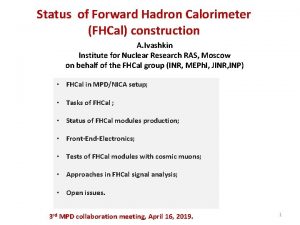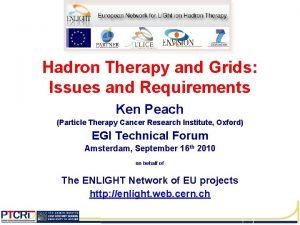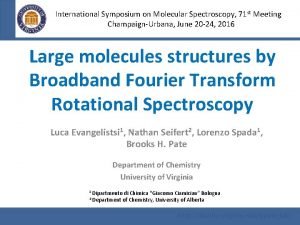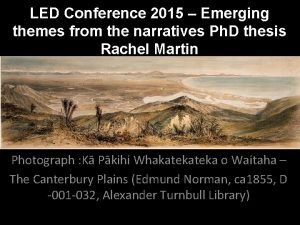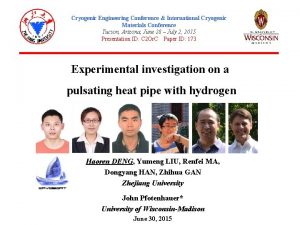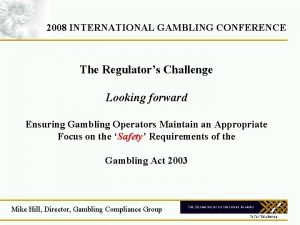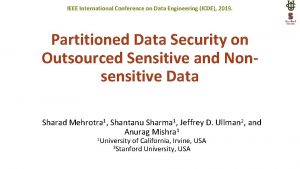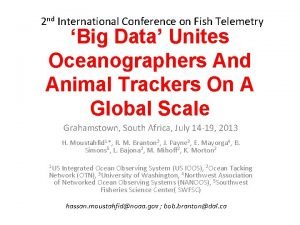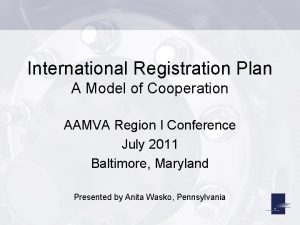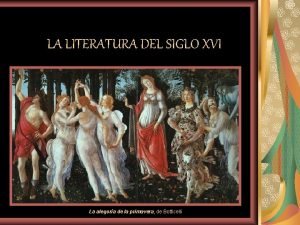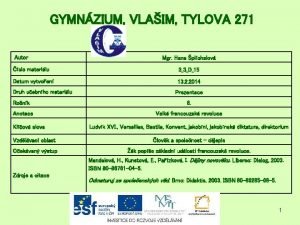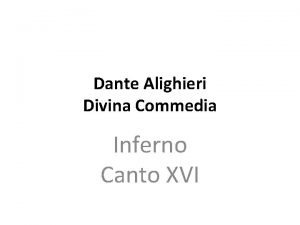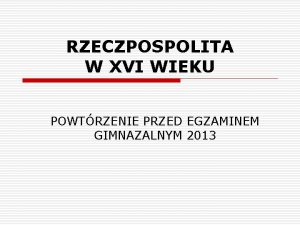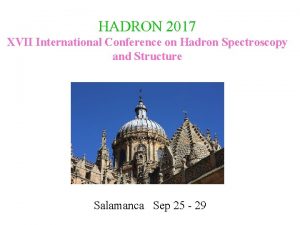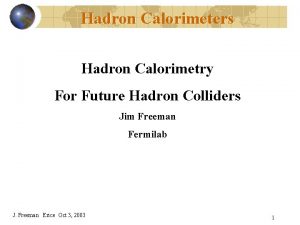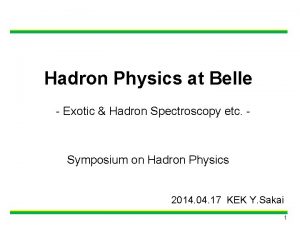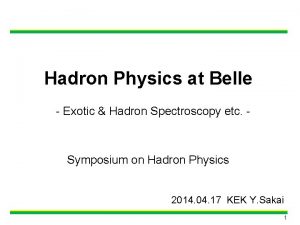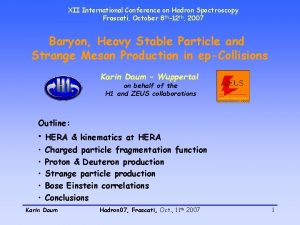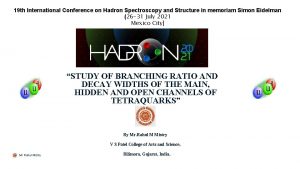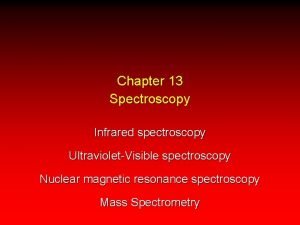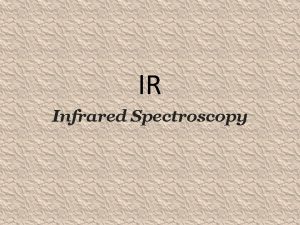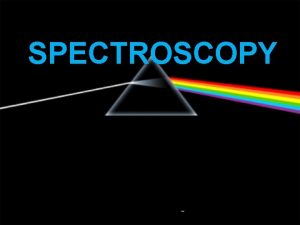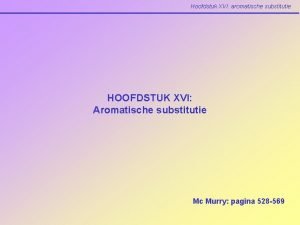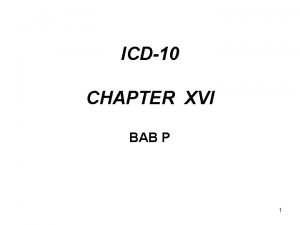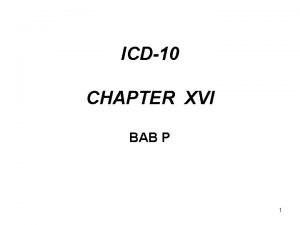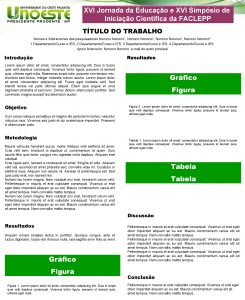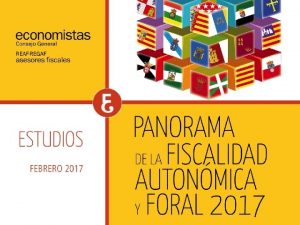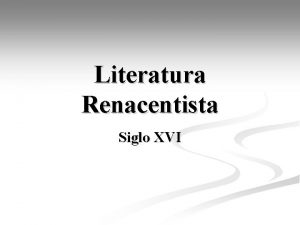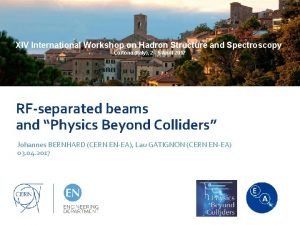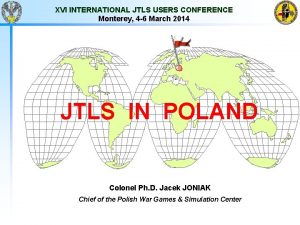HADRON 2015 XVI International Conference on Hadron Spectroscopy

































- Slides: 33

HADRON 2015 XVI International Conference on Hadron Spectroscopy Newport News VA, September 2015

CHARMONIUM DESCRIPTION FROM A GENERALIZED SCREENED POTENTIAL MODEL P. González Universitat de València and IFIC (SPAIN)

13 New Neutral Charmonium States since PDG 2000 8 - 9 X (Unconventional) States K. A. Olive et al. (PDG) Ch. Phys. C 86, 090001 (2014)

Conventional States S. Godfrey, N. Isgur PRD 32, 189 (1985)

X(4660) X(4350) X(4260) X(3940) DD 1 X(4140 -60) D*D*|(2++) X(3915) DD*(1++) X(3872) DD(0++) X states : Close-below or Above their First S-wave M-M Threshold

Decay properties of some X states very different from conventionally expected. Conventional description: with parallel properties to However strong decay properties completely different Conventional description: However or aan order of magnitude higher than expected

What are they ? Hybrid (Quark-Antiquark + Gluon) States ? Molecular Sates ? Tetraquarks (compact states) ? Quark-Antiquark + Molecular States ?

What is the effect of Meson-Meson Thresholds ? Can we implement threshold effects within a quark-antiquark model framework? Quark-Antiquark effective potential description implicitly incorporating molecular components. P. G. : J. Phys. G 41, 095001 (2014), Phys. Rev. D 92, 014017 (2015)

INDEX i) Quenched versus Threshold-Unquenched Quark-Antiquark Static Energy from Lattice. Static Potential. ii) Generalized Screened Potential Model (GSPM). iii) Heavy Quarkonia Spectral Description from the GSPM. iv) Summary.

Quenched vs Threshold-Unquenched Quark-Antiquark Energy G. S. Bali, Phis. Rep. 343, 1 (2001) G. S. Bali et al. , PRD 71, 11453 (2005)

Generalized Screened Potential Model (GSPM)

Cornell potential modulated by thresholds

Possible Shortcomings - Non relativistic potential (effective). - No spin dependent terms in the Cornell potential. - Only screening from meson-meson channels. - No thresholds widths. - No accumulative effect from degenerate thresholds. Applicability: non degenerate isolated thresholds

Heavy Quarkonia Description The lowest lying spectrum is described by the Cornell potential Calculated masses for the lowest lying spin triplet states differing at most 30 Me. V (60 Me. V) for bottomonium (charmonium).

Charmonium J++ Thresholds

GSPM J++ Spectrum

X(4350) X(4140 -60) C(4017) X(3915) X(3872)

Threshold Effect

Attraction + Additional States results from the interaction between Additionally a new state appears. and the Cornell state

Additional States


X(4350) X(4140 -60) C(4017) X(3915) X(3872)

Electromagnetic Decays




X(4660) X(4350) X(4260) DD 1 X(4140 -60) C(4017) X(3915) D*D*|(2++) DD*(1++) X(3872) DD(0++)

1 -- Thresholds Overlapping Thresholds

S. Godfrey, N. Isgur PRD 32, 189 (1985) Bottomonium G(11020) BB 1 B*B* (2++) BB (0++) BB* (1++)

J++ States P. González, J. Phys. G 41 (2014) 095001


Summary i) There is a spectral puzzle concerning experimentally unconventional charmonium states. ii) There is a plausible explanation for this puzzle based on an Energy Dependent Quark-anti. Quark Potential from threshold effects. iii) The Generalized Screened Potential Model (GSPM) based on this potential allows for a reasonable spectral description of J++ charmonium. iv) New higher energy states in charmonium and bottomonium are predicted.

THE END
 Hadron calorimeter
Hadron calorimeter Hadron collider
Hadron collider Hadron collider
Hadron collider Hadron
Hadron Hadron
Hadron International symposium on molecular spectroscopy
International symposium on molecular spectroscopy Led conference 2015
Led conference 2015 Edge conference 2015
Edge conference 2015 Insight 2015 conference
Insight 2015 conference International cryogenic engineering conference
International cryogenic engineering conference International gambling conference
International gambling conference Sae international conference
Sae international conference Ieee international conference on data engineering
Ieee international conference on data engineering Parvuli dei banner examples
Parvuli dei banner examples International space development conference
International space development conference International conference on fish telemetry
International conference on fish telemetry Aamva international conference
Aamva international conference International ferroalloys conference
International ferroalloys conference Cit international conference
Cit international conference Asbo international
Asbo international Easy french revolution political cartoon
Easy french revolution political cartoon Capa memorial do convento
Capa memorial do convento Prosa del siglo xvi
Prosa del siglo xvi Literatura del siglo 16
Literatura del siglo 16 Romanzo in prosa
Romanzo in prosa Byzantine flower arrangement
Byzantine flower arrangement Den kdy byl popraven ludvík xvi
Den kdy byl popraven ludvík xvi Royal family tree england
Royal family tree england Riassunto canto 16 inferno
Riassunto canto 16 inferno Luís xvi
Luís xvi Omelia nozze di cana
Omelia nozze di cana Tenn. code ann. § 67-4-708(3)(c)(i-xvi)
Tenn. code ann. § 67-4-708(3)(c)(i-xvi) Tenn. code ann. § 67-4-708(3)(c)(i-xvi)
Tenn. code ann. § 67-4-708(3)(c)(i-xvi) Rzeczpospolita w xvi wieku sprawdzian
Rzeczpospolita w xvi wieku sprawdzian
